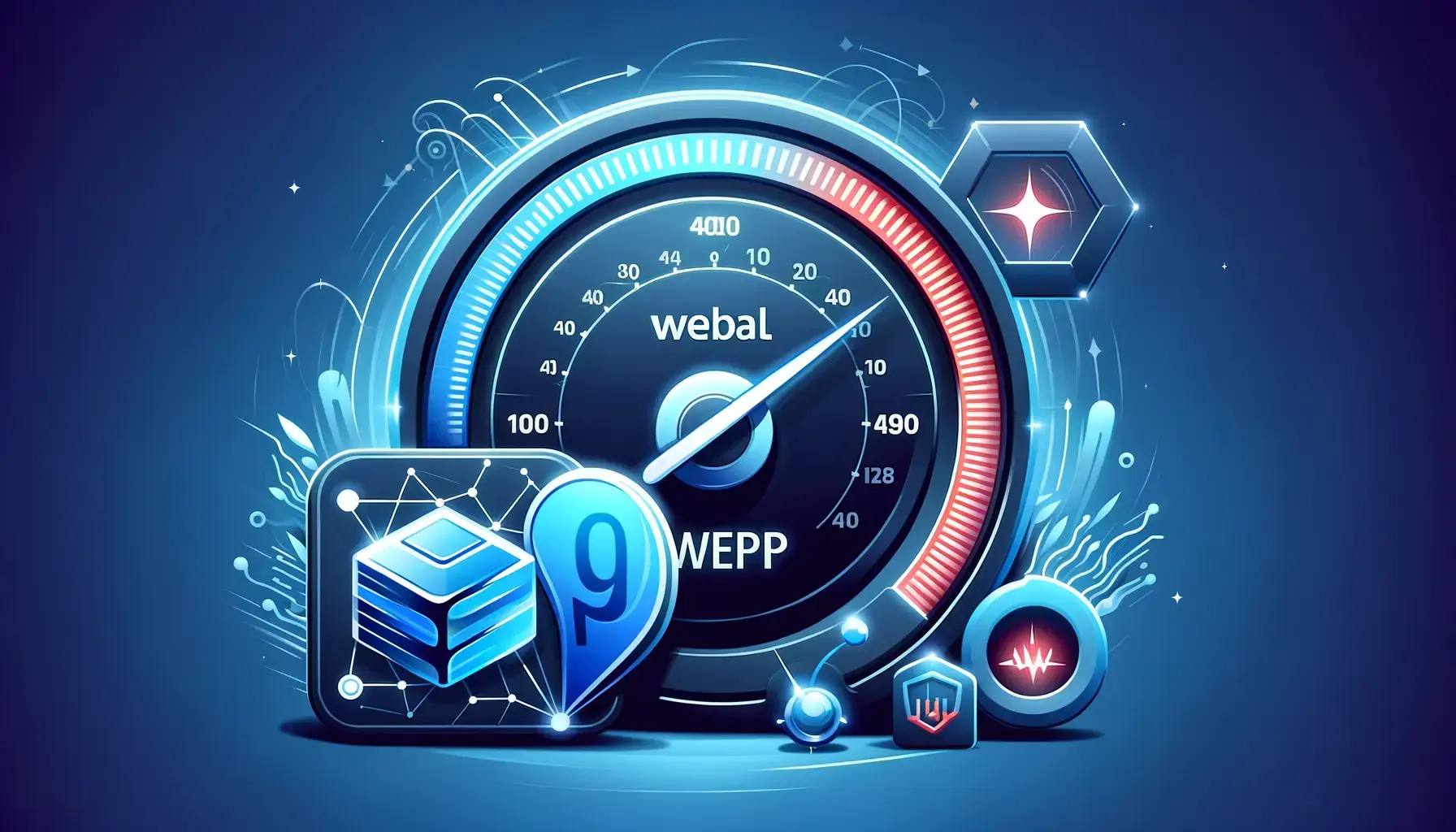
Improving Your Lighthouse Performance Score in Laravel: A Practical Guide
Sections
Today, we’re focusing on a topic that resonates with many developers: optimizing Lighthouse performance scores in Laravel applications. Lighthouse is a powerful tool for improving the quality of web pages, and in Laravel, there are several strategies you can employ to boost your score. This list is open and evolving, so expect more tips as we discover them.
#1. Identifying Slow Pages with Lighthouse Crawler
Start by pinpointing the problem areas. A handy tool for this is our very own Lighthouse Crawler. It’s free and specifically designed to help you find slow pages that need your attention.
#2. Enabling GZIP Compression
This is a quick win! Enabling GZIP compression can significantly reduce network time. The best part? It’s universally supported by modern browsers and servers. By compressing your files, you make them smaller and quicker to load, which can have a noticeable impact on your performance score.
#3. Opting for WebP Images Over PNG/JPG
Why choose WebP for your images? Well, consider this: we’ve seen WebP images shrink from 2.1 MB to a mere 166 KB, all without a significant loss in quality. That’s a massive saving! Plus, unlike JPEG, WebP supports transparency, giving you more flexibility in design without compromising on performance.
#4. Implementing Caching
Caching is a powerful tool, but it comes with a caveat. While it can greatly improve load times and overall performance, it can also become complex and lead to unexpected issues. Before diving into caching, it’s crucial to have a well-thought-out global concept for it. This ensures you’re implementing caching effectively and avoiding potential pitfalls.
Remember, improving your Lighthouse performance score is a continuous process. These steps are a great starting point, but always keep an eye out for new optimizations and best practices. Happy coding!

